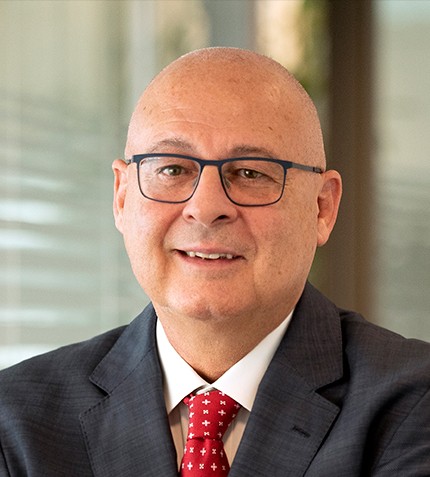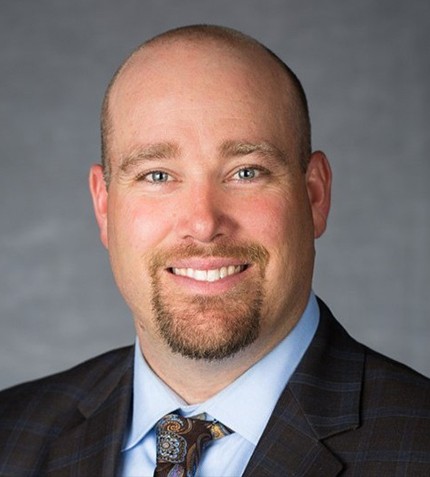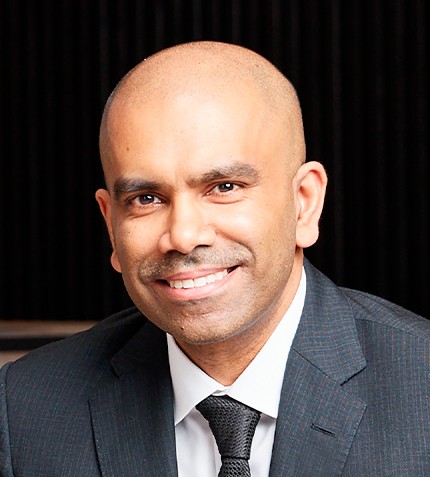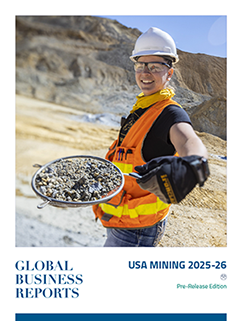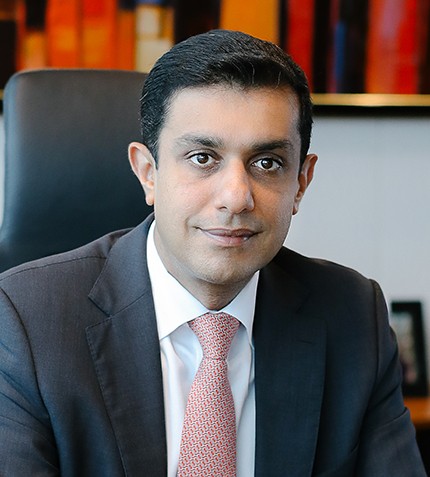
"DRC banks are in a relatively good financial position, with total deposits in the banking system at around US$14 billion and total lending at US$4-5 billion."
Mustafa Rawji
MANAGING DIRECTOR, RAWBANK
Rawbank turns 20 years in 2022. Could you introduce the bank to our international audience?
Rawbank is a commercial bank in the Democratic Republic of Congo, with 120 branches and 1,850 employees. 20 years ago, we started off as a corporate initiative but added retail and SME facilities in 2005 and 2010, respectively. We closed the 2021 balance sheet with around US$4.5 billion.
Could you brief us on the bank’s performance and key developments in the past year?
In financial terms, revenues have been up by 20% and our loan book grew by 18% in 2021. We have also made incredible progress in our digital transformation; the nature and dynamic of banking activity are radically changing together with customers’ expectations. Then, I believe a bank’s performance should also be measured in terms of the real impact it has in a community – the jobs it creates, the businesses it helped build. This is another area where we have advanced considerably, and we are fortunate to have the geographical presence and reach to support local SMEs.
Rawbank has inaugurated several new branches in the past two years. Could you walk us through your regionalization strategy?
DRC is a huge country with a very diverse – and shifting – landscape: Mining is dominant in the south, while the north is more characterized by agriculture, even though the mineral potential is abundant. The south, with the Kinshasa epicenter, has a service-based economy driven by a large population confluence. Our regionalization strategy allows us to map the country with more precision and more understanding. At the heart of this approach is our wish to be closer to our customers and tailor our products according to regional nuances rather than apply a one-fits-all solution.
How relevant is mining to your business?
Mineral exports are growing. Half a million tons of copper were exported in 2021, but I think we are merely scraping the surface of DRC’s potential. The last 10 years have seen a ramp-up in the number of production units, but the untapped reserves remain immense. I expect the next decade to bring an accelerated growth trend, with flagship projects like Ivanhoe’s or Glencore’s spearheading growth. Taking into account the high demand for electric vehicles (EVs) and copper’s centrality in EV production, I strongly believe the mining industry is on an upward path.
Can you elaborate on Rawbank’s products for SMEs and what financing opportunities exist for Congolese small businesses?
Rawbank works with various institutions, like the IFC, Shelter Africa and the African Development Bank in support of SMEs. While the corporate story for mining continues to play itself out, we think that the next wave of growth will come from the SME sector. I mentioned earlier that a criterium of our performance is the impact we have on the local economy, but more than a “feel-good story,” helping SMEs at an early stage secures customers in the long-term and sets the foundations for long-term relationships that are not just transactional, but founded on loyalty.
Rawbank has stated a vision to become “the bank of tomorrow.” Can you walk us through your digital vision and how it plays out in a cash-based economy like the DRC’s?
One of the ways in which we can create a mindset shift from hard currency to mobile applications is by making available digital products that are user-friendly, safe, and enhance the customer’s experience. Digital transformation is no longer a luxury, nor an option, but a necessity to exist in a bank. Of course, it does not go as far as in Europe, where branches close down to give way to online-only accounts and ultimately reduce operational costs. Here, we use our branches to digitize our services instead. Internally, our transformation from a traditional bank into a digital one entails the revamping of all processes to make them quicker and more reliable.
Could you comment on the stability of the banking sector in the DRC?
DRC has been the subject of bad press for years, and this cycle of bad news exacerbates and probably exaggerates the challenges, creating a biased representation whereby positive aspects, like Kinshasa’s vibrant economy, are excluded. The banking system has a number of both African and international banks that drive healthy competition. The banks are in a relatively good financial position, with total deposits in the banking system at around US$14 billion and total lending at US$4-5 billion; this translates into excess liquidity of about US$10 billion waiting for the right opportunities.





